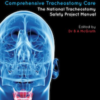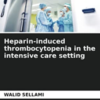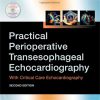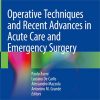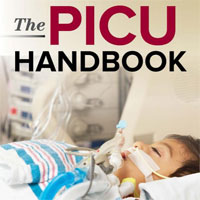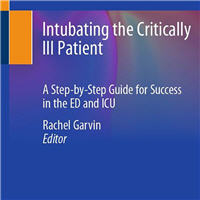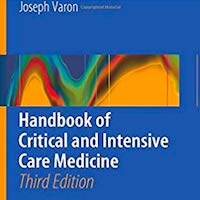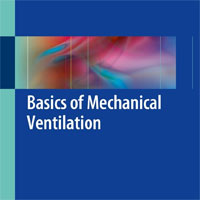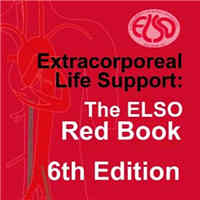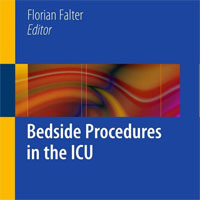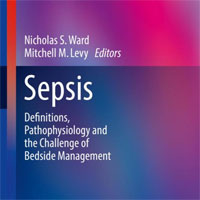How Best to Set the Ventilator on Extracorporeal Membrane Lung Oxygenation
journals.lww.comMechanical ventilation and extracorporeal support are marginally integrated. The best environment for lung healing – complete lung collapse or protective ventilation strategy or fully open and immobile lung (all three conditions feasible with extracorporeal support) – remains to be defined. Recent studies provide a description on how mechanical ventilation is normally applied in combination with extracorporeal support in acute respiratory distress syndrome (ARDS). The data show a general trend: a variable decrease of fraction of inspired oxygen (0.9 to 0.7 or 0.4), a consistent decrease in tidal volume (by 2 ml/kg), no change in positive end-expiratory pressure (maintained around 12–13 cmH2O) and a moderate decrease in the respiratory rate (22 to 15 bpm).


